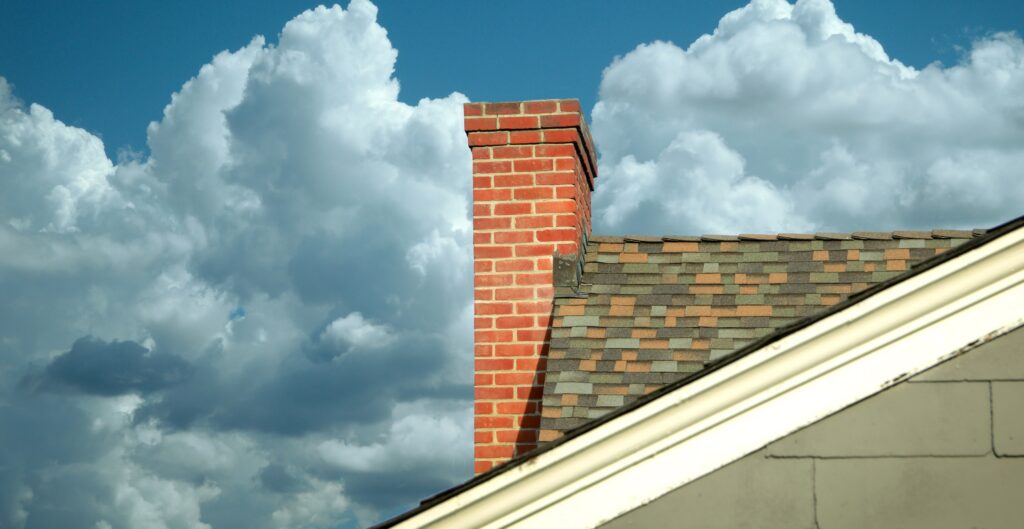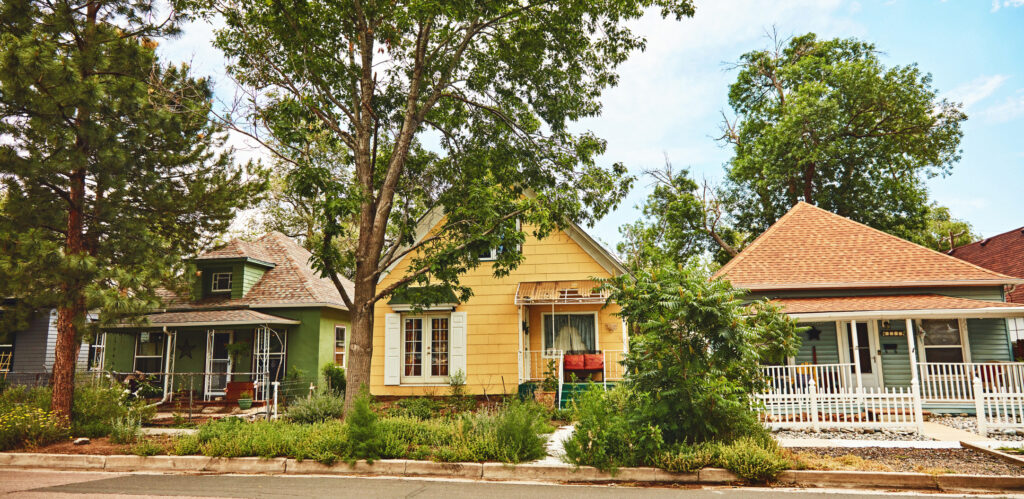California has the most damaging earthquakes, because of the state’s greater population and extensive infrastructure. The damage caused by earthquakes depends on the strength of the ground shaking and the ability of a structure to resist this shaking. With most Californians living within 30 miles of an active fault, it is important to properly retrofit older homes to increase their ability to withstand the structural damages caused during an earthquake as well as the safety of their residents.
Have your home evaluated to determine if it needs to be retrofitted and what upgrades are the most adequate for your home’s building type. The California Earthquake Authority (“CEA”) suggests the following retrofitting approaches:
Cripple Wall Bracing
The most common type of seismic retrofit is “Cripple Wall Bracing.” Cripple walls are short wood stud walls that rest on a house’s foundation and provide support between the concrete foundation and the house’s floor. Bracing cripple walls increases the stability of the house, and generally helps minimize the overall damage.
Foundation Bolting
Houses that aren’t bolted to their foundation can shift during an earthquake. Houses that shift off their foundation will likely have major and expensive damages to repair. The process to bolt the foundation requires holes to be drilled through the sill plate on a foundation and anchor bolts are then installed. Steel plates will be needed when there isn’t enough space to drill. Proper installation of these bolts is vital for them to be effective.
Reinforce or Strap Chimneys
Brick chimneys are responsible for the most common damage during large California earthquakes. When chimneys fall, bricks can become lethal projectiles. Here are some reinforcement options to prevent bricks from falling through the roof during an earthquake:
- Add layers of plywood on the roof around the chimney.
- Remove the upper part of the chimney, which can twist and turn during shaking, and replace it with metal.
- Add a diagonal steel brace to the chimney.

The chimney still could collapse during an earthquake, even after those improvements. In Los Angeles County a more comprehensive retrofit is required by removing the chimney completely or rebuilding it.
For non-functional chimneys, the retrofitting could be as easy as placing a steel tube down the structure and filling it with concrete.
Reinforce Masonry Walls
Homeowners with an older home that has poor wall anchorage should consult a certified engineer on the most cost-effective way to strengthen it. A qualified contractor can add new anchorage and continuous ties across the roof. Walls can also be strengthened on the connections between the roof and floor joists.
Reinforce the soft-story above the garage
Soft-story homes are those that have first stories much less rigid than the stories above. These homes are particularly susceptible to earthquake damage because of large, unreinforced openings on their ground floors (such as the garage) and in their typically wood-frame construction.
Soft story conditions can sometimes be improved by installing steel reinforcements or new plywood sheathing on each side of the garage door. Some garage doors require a steel frame to be properly retrofitted for earthquakes, which can be done through an engineered retrofit.
Hillside and Post and Pier Houses
Houses on steep hillsides are often set on tall, narrow posts or columns, with or without diagonal bracing, and may have walls that “step down” the hill and may not be properly braced to withstand earthquakes. Hillside houses require an engineered retrofit.

A post-and-pier house is built on wooden posts or concrete piers set into the ground to bear the weight of the house. Post and Pier houses should receive a new continuous-perimeter foundation, with any cripple walls bolted and braced to withstand the effects of earthquakes. Without seismic retrofitting these homes are vulnerable to suffer significant damage or potentially collapse during an earthquake.
Install Seismic Gas Valves
Fires, caused by broken gas lines, are one of the common side effect damages from earthquakes. Learn how to turn off the gas or have an automatic gas shut-off valve, known as a seismic gas valve, installed that is activated by strong vibrations. A seismic gas valve stops the gas flow to your home when an earthquake of substantial magnitude occurs and decreases the chances of a fire or explosion if the gas lines are broken or damaged during an earthquake. Consult with your local gas company before doing any work.
Reinforce your older home before the next large earthquake happens and reduce the risk of costly damages and injury by identifying possible structural risks.
Financing Seismic Retrofits
If the upfront costs associated with your retrofit are stopping you, consider the Property Assessed Clean Energy (PACE) financing program. PACE allows homeowners in eligible communities to finance 100% of energy efficiency and home safety projects with:
- Zero upfront payments
- Low-interest rates
- Terms of up to 30 years
- Additional consumer protections
Discover today if PACE financing is a viable option for your seismic retrofit project! Call us at 844-736-3934 to get started.
Important Disclosures
PACE financing is subject to approval. Underwriting requirements and restrictions apply. PACE financing is secured by a lien on the subject property and often required to be repaid upon refinance or sale. Homeowners are encouraged to use PACE financing responsibly. PACE financing is private financing that must be repaid in full. PACE financing is not a government subsidy. Renew Financial is a private company and not a government entity. The installation or construction of property improvements financed with a PACE assessment is provided through a home improvement contractor or other third-party provider, and not by Renew Financial or a government entity. Homeowners should perform due diligence before selecting a home improvement contractor. Financing provided in California through Department of Financial Innovation and Protection License No. 60DBO-90653.
All content provided on this blog is for informational purposes only. Renew Financial makes no representations as to the accuracy or completeness of any information found by following any link on this site. Renew Financial is not a financial or home improvement advisor and information contained in this post should not be viewed as legal or financial advice.


